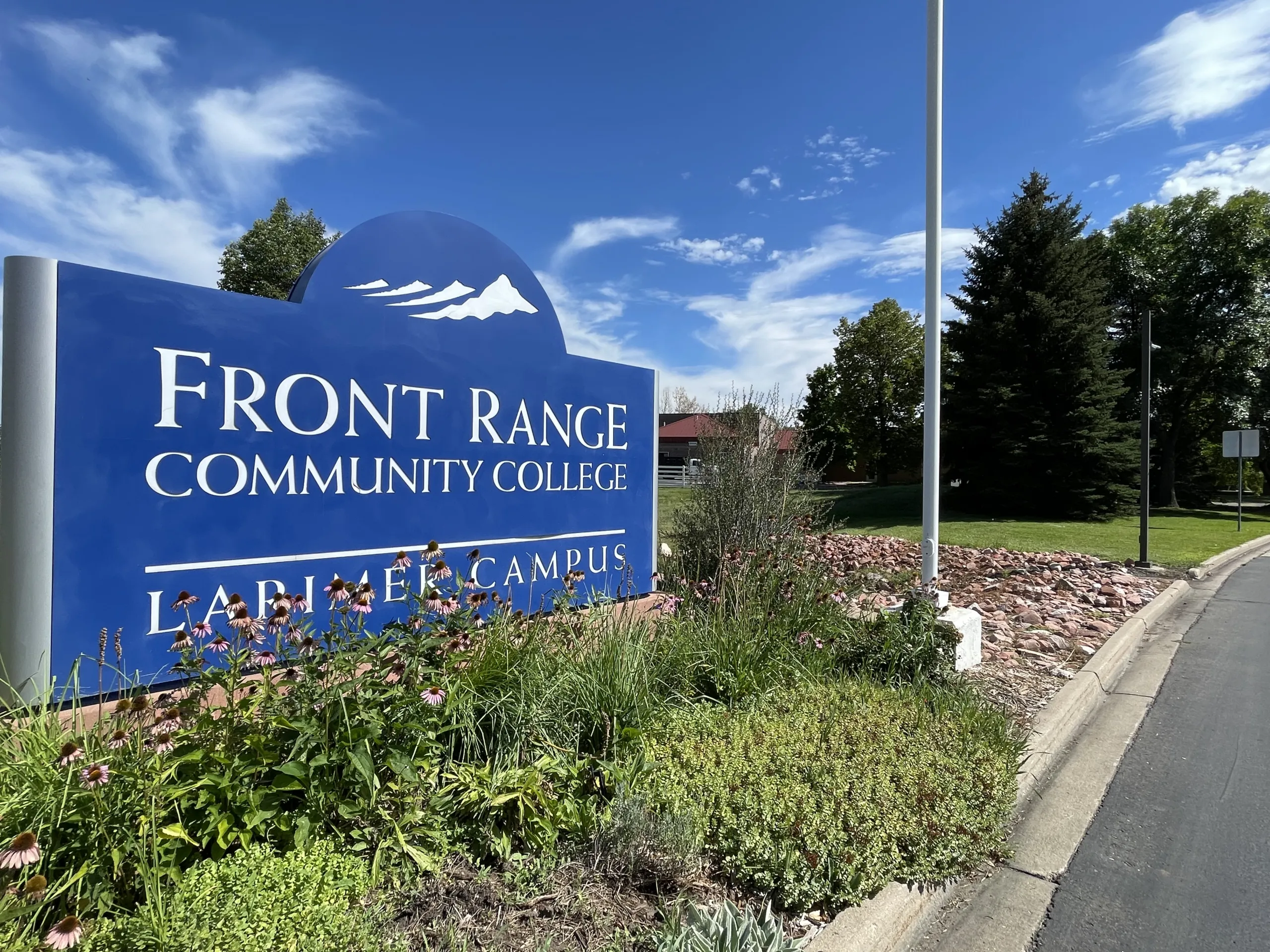$2.7M grant expands CSU civil-engineering wildfire model

FORT COLLINS – Hussam Mahmoud, a professor of civil and environmental engineering at Colorado State University who has gained international attention for his work predicting how wildfires behave where neighborhoods and wildlands meet, has been awarded a three-year, $2.7 million grant from the Gordon and Betty Moore Foundation.
Mahmoud started research on his wildfire resilience model seven years ago along with graduate student Akshat Chulahwat, working on the first model to predict how a fire would progress through a community. They used historical data from the 1991 Tunnel Fire in California to test their new model of wildfire propagation, but there wasn’t enough data to work from, and only small amounts of resources and time.
“I started with my graduate student, who’s now a postdoc,” Hussam said. “Over the years it was just me and him, on our own dime and our own time.”
SPONSORED CONTENT
Now, Mahmoud and his research are set to help communities worldwide become more resilient. He expects the new funding will lead to tools that municipalities, businesses, and even homeowners can use to evaluate risks to their communities.
The Gordon and Betty Moore Foundation’s Wildfire Resilience Initiative aims to reduce the threat of severe wildfires through fire-adapted ecosystems and resilient fire-prone communities.
“We see Dr. Mahmoud’s work at CSU as a critical and missing piece … to gaining a much deeper understanding about how to quantify and then mitigate risk effectively in fire-prone communities,” Genny Biggs, program director of the Wildfire Resilience Initiative, said in a prepared statement.
Mahmoud’s research uses graph theory for wildfire behavior modeling. Graph theory analyzes how processes happen in a network, such as disease transmission. Where wildlands and urban developments meet, fire can spread in the same way contagions pass from one person to another.
With the Moore grant, Mahmoud can increase computing power and the capabilities of the group. Unlike other large grants with multiple primary investigators, Mahmoud is the lone investigator since the funding is specific to his model.
“It allows us to grow our wildfire group,” Mahmoud said. “We can have more people working on the topic, and that’s exciting.”
In its current form, the model is accurate for determining risk based on analyzing static data. He would like to expand it to investigate how a wildfire jumps from one place to another dynamically as time progresses.
“It’s no longer about an individual home and whether it’s at risk or not, it’s about what happens to the whole community if I cut a tree down,” he said. “Or if I reinforce a structure here, what does that change for the risk to another home or a tree a few blocks away?”
Using artificial intelligence in combination with graph theory will help him get there. AI can help balance the increase in data from regions and communities, and still allow Mahmoud to explore even the smallest impacts on wildfire propagation using graph theory.
The model will continue to expand, with additional research into the effects of wildfire on ecological systems, how climate change will affect fires at the boundaries of urban development, and population growth.
FORT COLLINS – Hussam Mahmoud, a professor of civil and environmental engineering at Colorado State University who has gained international attention for his work predicting how wildfires behave where neighborhoods and wildlands meet, has been awarded a three-year, $2.7 million grant from the Gordon and Betty Moore Foundation.
Mahmoud started research on his wildfire resilience model seven years ago along with graduate student Akshat Chulahwat, working on the first model to predict how a fire would progress through a community. They used historical data from the 1991 Tunnel Fire in California to test their new model of wildfire propagation, but there…




